People are drawn to beautiful things, and this eventually results in better memory and recall. 90% of information delivered to the brain comes in the form of pictures, and the brain processes visuals up to 60,000 times more quickly than it processes words.
Humans continually perceive and respond to the visual world around them. The two parts of how a viewer interprets a natural image are as follows:
- Where we focus our attention, or where our eyes are directed
- What we enjoy, or whether the visual is appealing to us.
With the help of visual merchandising, retail establishments can attract more customers and make their visits more entertaining. Given that light is energy and that the eye has energy receptors that are activated by light, it may not be surprising that light draws the eye.
AD Vantage, one of the leading retail designing agencies in India sheds light on how consumer behaviour is impacted with the right selection of retail lighting. This blog would sail through the importance of lighting in retail store with retail lighting design guidelines.
What is the role of lighting in retail store?
According to research, good store lighting can increase sales by up to 40%. Cones and rods in the eye create signals when light waves hit them, which are then sent back to the brain for processing. There are several uses for the capacity to anticipate visual attention, including marketing and object recognition.
When an emotional connection is made by the proficient use of ambient lighting in retail stores, retail foot fall increases. An appealing and attractive retail lighting fixtures grab the customers’ attention in no time.
A welcoming atmosphere should be created by effective retail lighting to entice customers to browse and explore your store. From a retail standpoint, lighting draws attention to architectural features, enhances the attributes of products, and creates virtual places. This has an impact on how we feel in a place, how we feel about a product, and whether or not we decide to buy it.
Effective lighting brings the product to life in rich, brilliant color in addition to providing a dramatic ambiance that captivates and draws your attention.The following are the crucial areas in retail store that should be perfectly illuminated for a smooth navigation of the customers, triggering sales.
- Sales and transaction areas
- Fitting rooms
- Product and feature displays
Types of Lighting in Retail Stores
What are the four types of lighting in retail stores? Let’s now understand the retail lighting design types used by businesses to attract the customers.
Ambient lighting
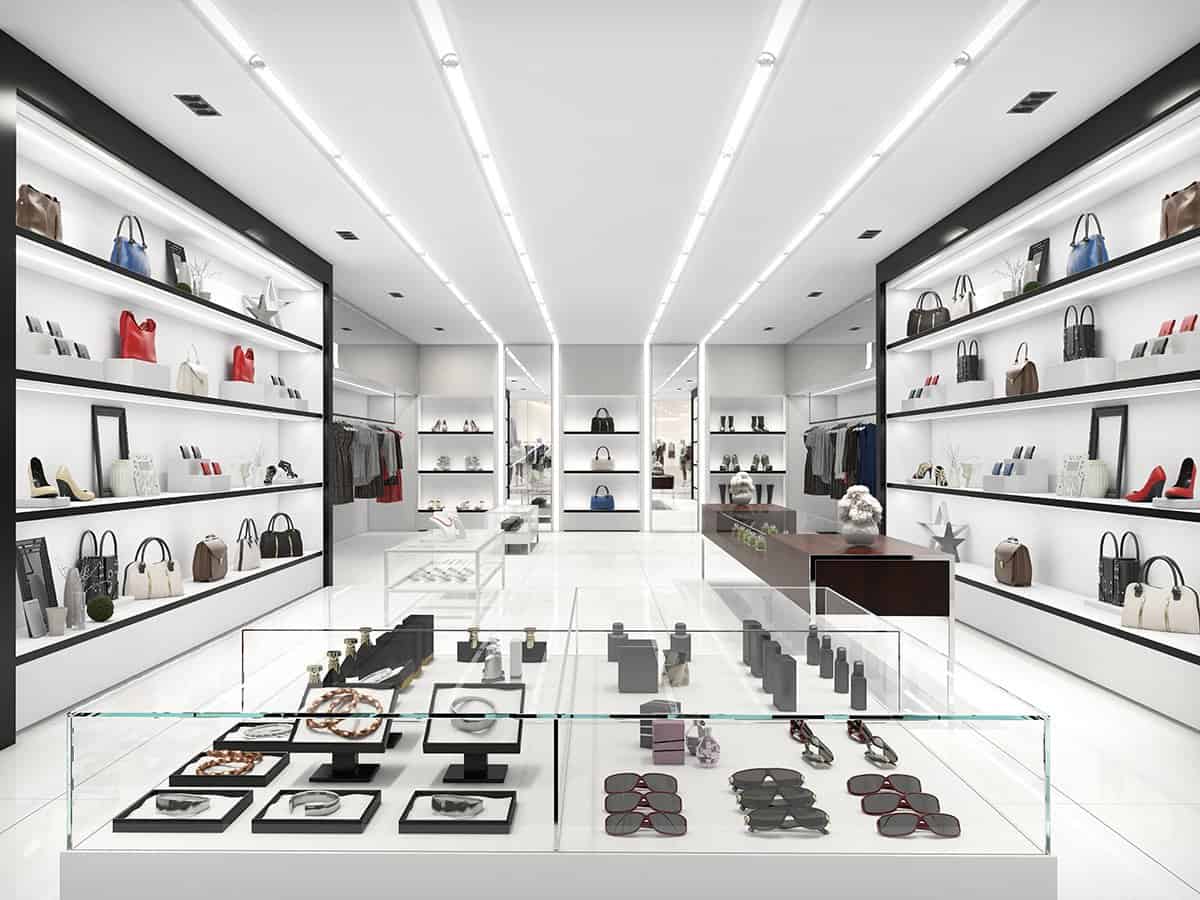
The goal of ambient lighting is to generate a general and consistent lighting level by providing overall illumination. The primary source of illumination for your business is ambient lighting, which also serves as the foundation for other types of retail store lighting.
Ambient lighting will establish the general atmosphere of your retail space, illuminating every crevice, and should offer uniform visibility. It establishes the mood of an area and is the top layer of lighting.
Task Lighting
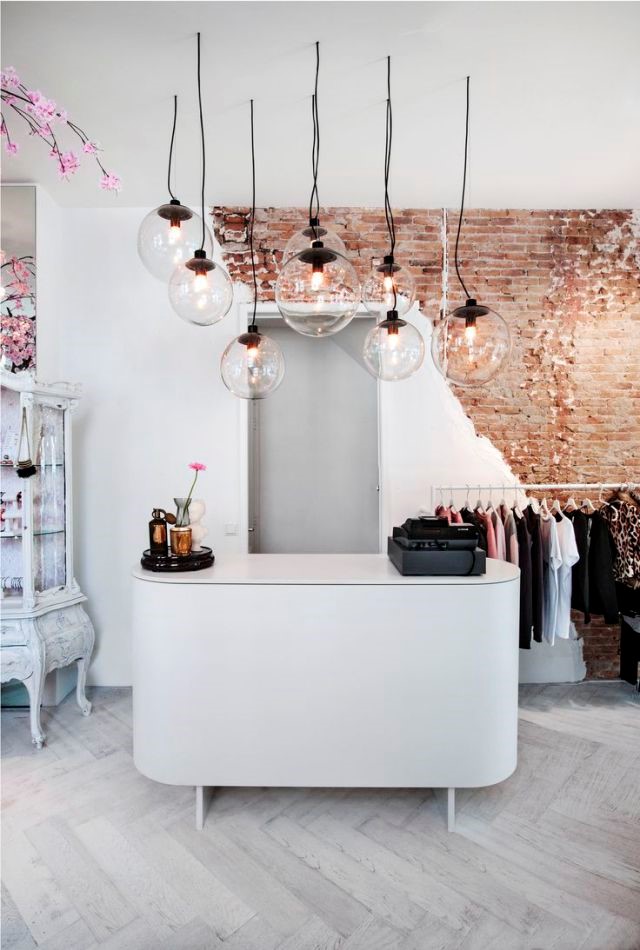
Task lighting is the term for lights that are concentrated in parts of the business that need extra light, including the checkout lanes and the restrooms. Lighting up the register, where transactions take place, the changing rooms, where people try on and assess clothing, and your office area, where you spend each day at work, are all included.
Without sufficient task lighting, customers might not be able to appreciate the colors and textures of clothing items in the fitting rooms’ mirrors and might have trouble making purchases if they can’t see the digits on a card reader.
Decorative Lighting
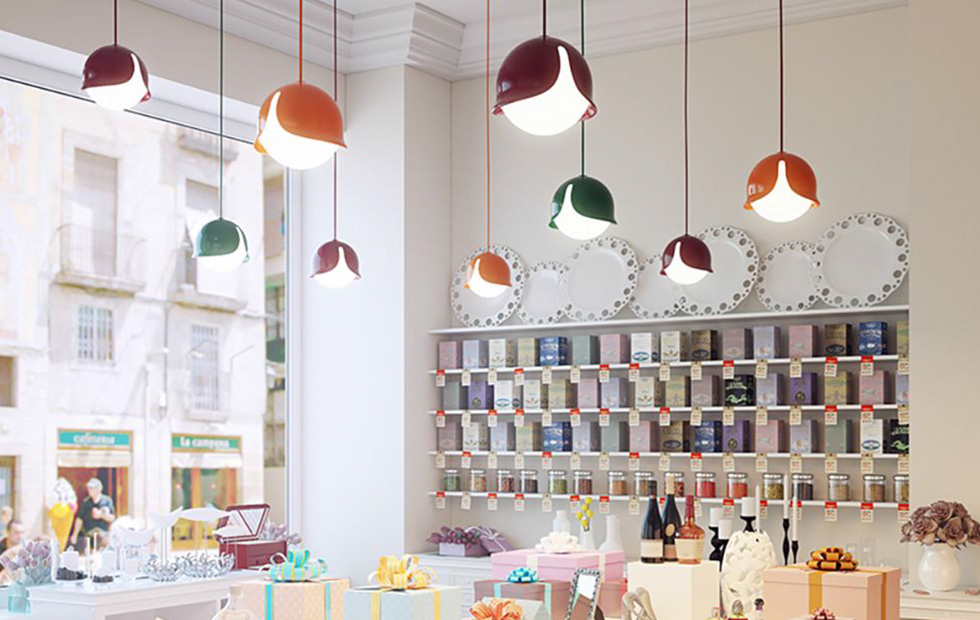
Lighting components that are decorative in nature rather than functional are included. It can be utilized to adorn your area, make a striking display, or improve the atmosphere of your establishment. Decorative lighting includes items like floor lamps, chandeliers, scones, and pendants.
Accent Lighting
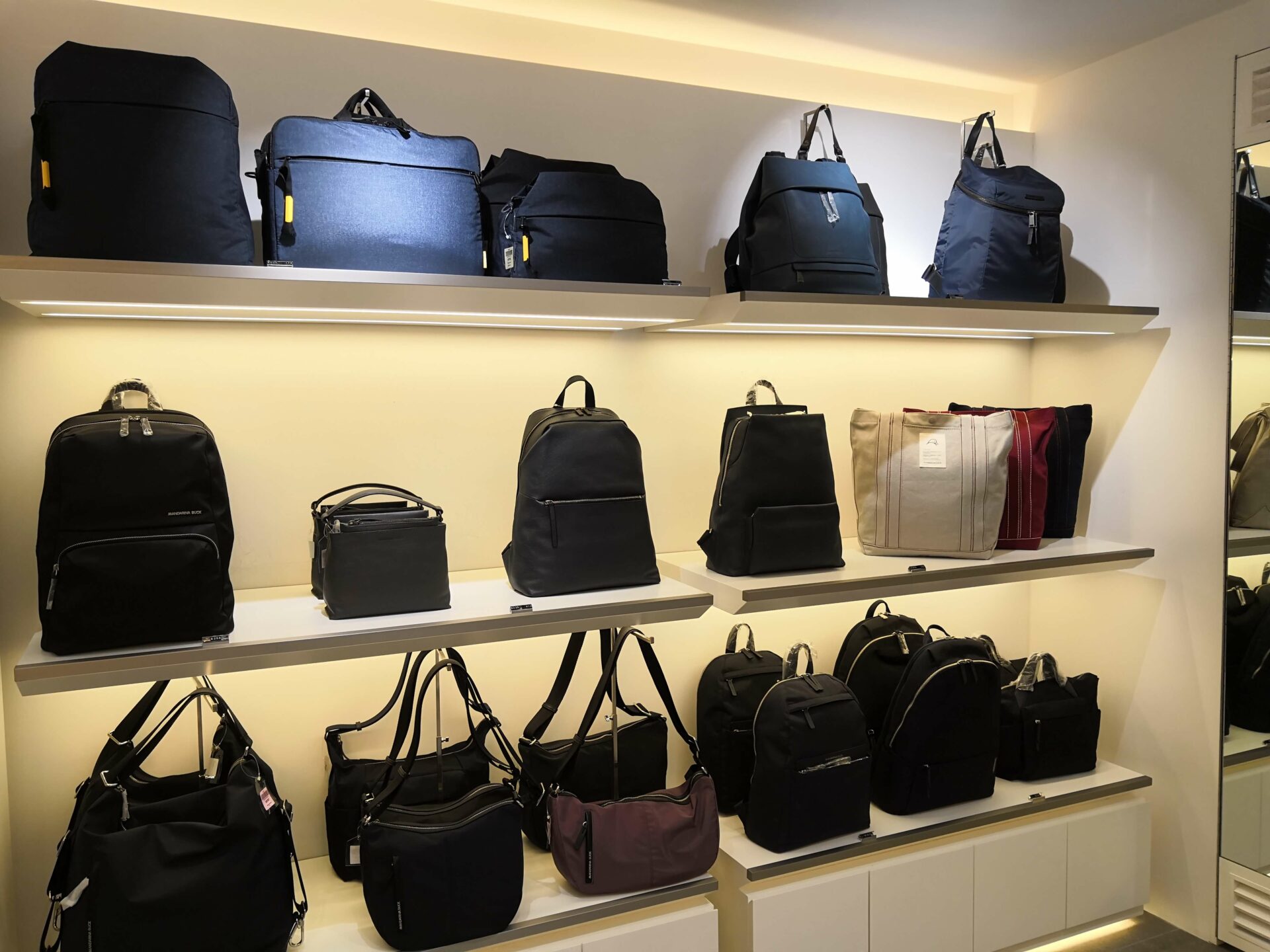
Wall sconces, floodlights, recessed lights, torchère lamps, or track lighting are examples of common accent lighting fixtures. Accent lighting draws attention to a display or produces a distinctive special effect. It is the most intense lighting in a business.
Retailers can use accent lighting to bring customers’ attention to particular products. Putting a spotlight on major products not only conveys their significance to buyers but also helps draw attention to seasonal, new, and products under offer pricing. It’s perfect for use in window displays to draw attention and entice customers inside to browse.
To add drama and excitement, accent lights cut through background lighting. By drawing customers’ focus and directing them from one display to another, they can guide clients through the store.
Top 10 Retail Lighting Design Guidelines
- Perfect lighting should help the customers to feel the retail space and its products easily.
- A retail space’s lighting should be just bright enough to illuminate the merchandise while maintaining a welcoming ambiance. It shouldn’t muddy up colors or make things look excessively dark or lifeless.
- The lighting tones should sync with the brand theme and brand colour of the retail business.
- Lighting must include the entire color spectrum present in natural light in order to accurately depict the genuine color of any object. If not, it will appear that the color is off.
- Be careful while choosing the lighting for your retail space. The senses of shoppers might be overloaded by retail store lighting that is overly bright or that uses too many competing color temperatures.
- A “well-lit store” refers to a variety of factors and does not just describe one type of lighting. Using a combination of many solutions can be quite advantageous.
- Warmer tones generate a feeling of familiarity and intimacy, whereas cool white lighting elicits a sense of space and openness.
- Consider using task lighting for displays, mood lighting for seating areas, and spotlights for noteworthy products.
- Window treatments can be used to filter natural light, give seclusion, or establish the mood. Examples include sheer curtains, blackout curtains, and decorative curtains.
- To spread light evenly, ceiling light boxes, LED light boxes, and recessed light boxes are all excellent choices.
Retailers must think about how they want their customers to feel when they visit their store in today’s fiercely competitive markets. The types of lighting used in retail establishments is a feature that has previously gone unnoticed but is now often regarded as the most crucial one to take into account.
Businesses should implement lighting settings that encourage customers to spend time and money in their establishments. Retailers must consider how they want customers to feel when they enter the store in order to accomplish that.
At AD Vantage, we conduct extensive research on the traffic flow and product arrangements, helping you with the best lighting for retail store. Contact us to know more on the lighting design standards for your business. Let’s work together and pull a brand identity for your business following our exclusive retail lighting design guidelines.

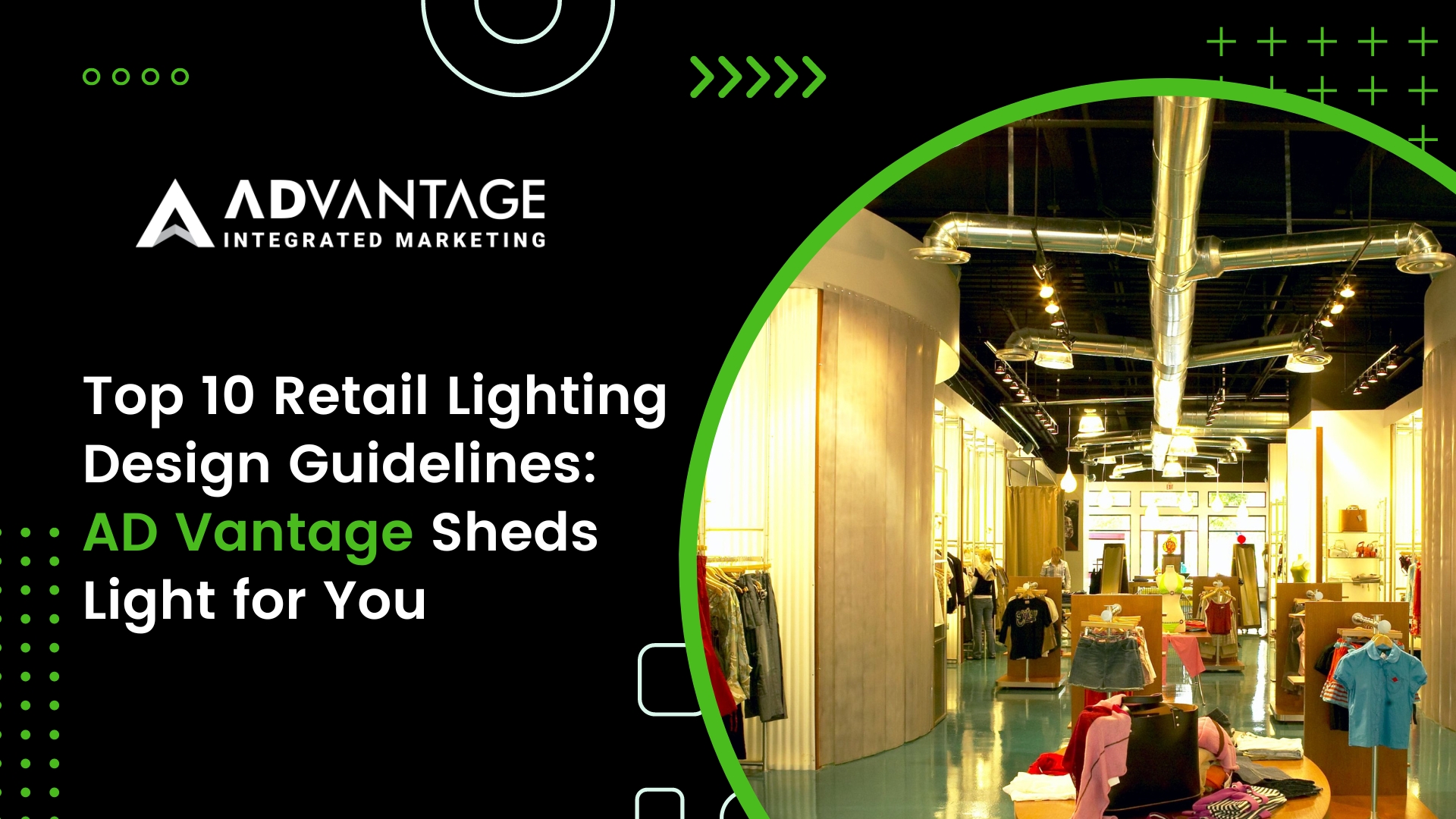


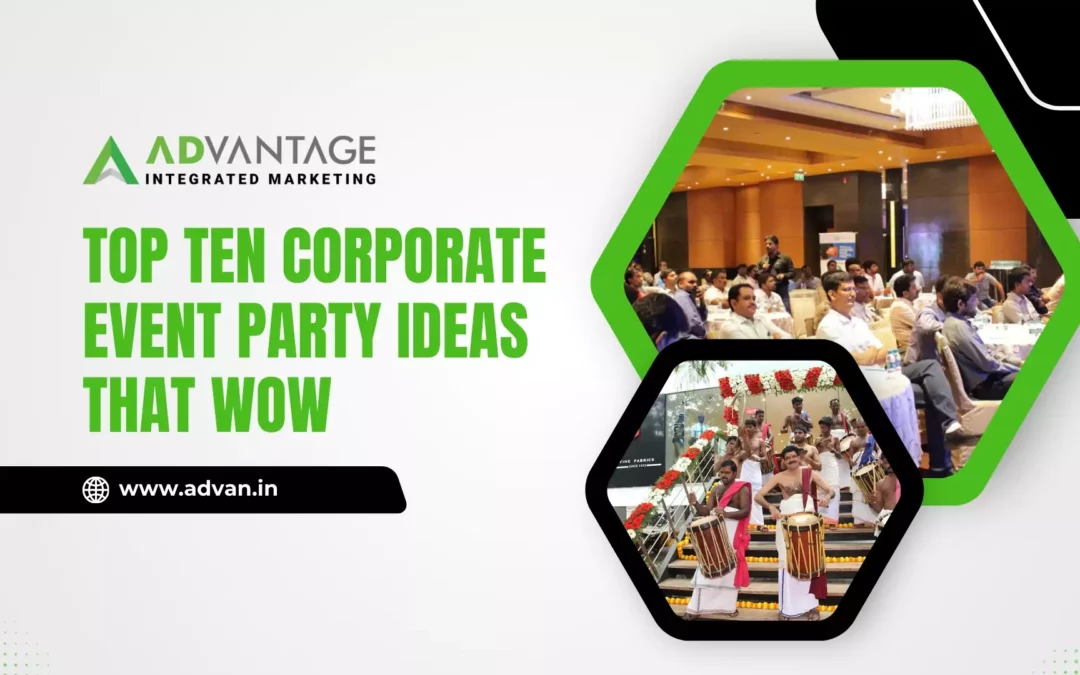



0 Comments